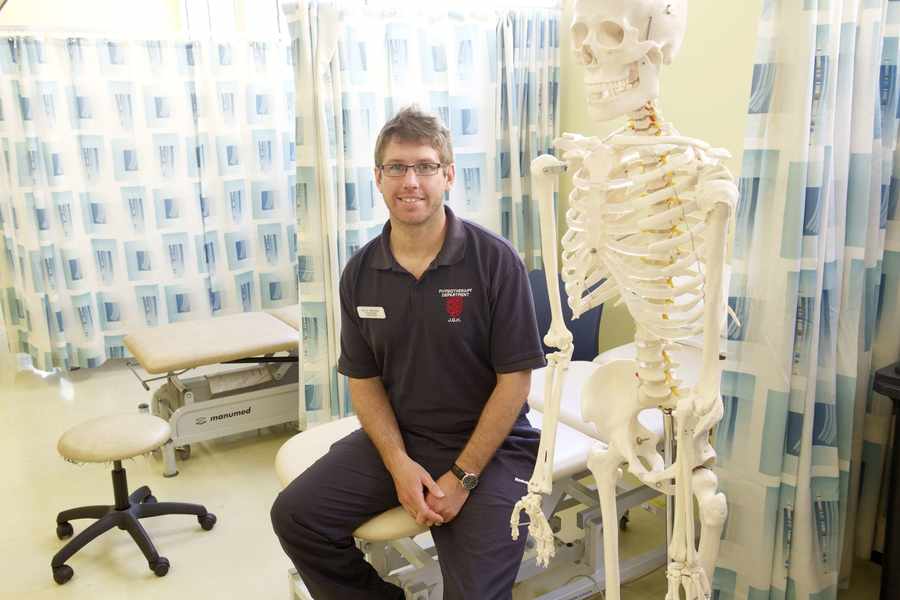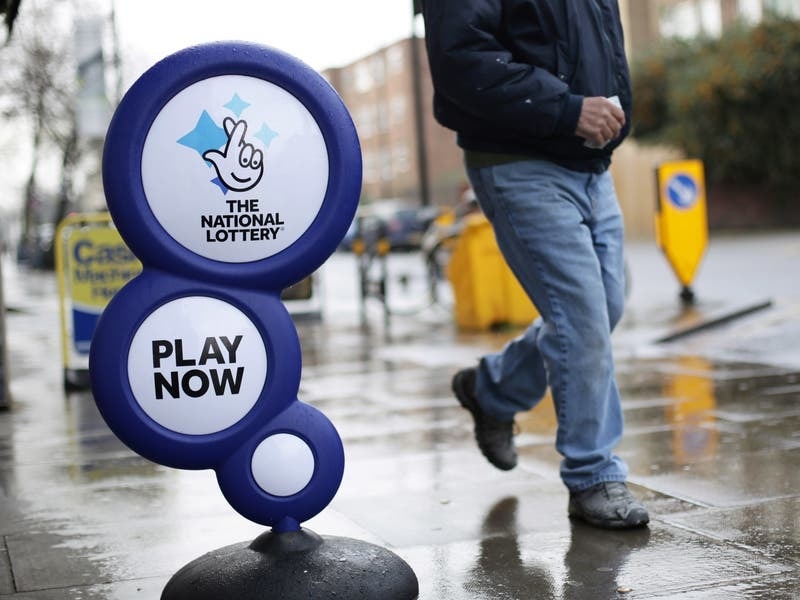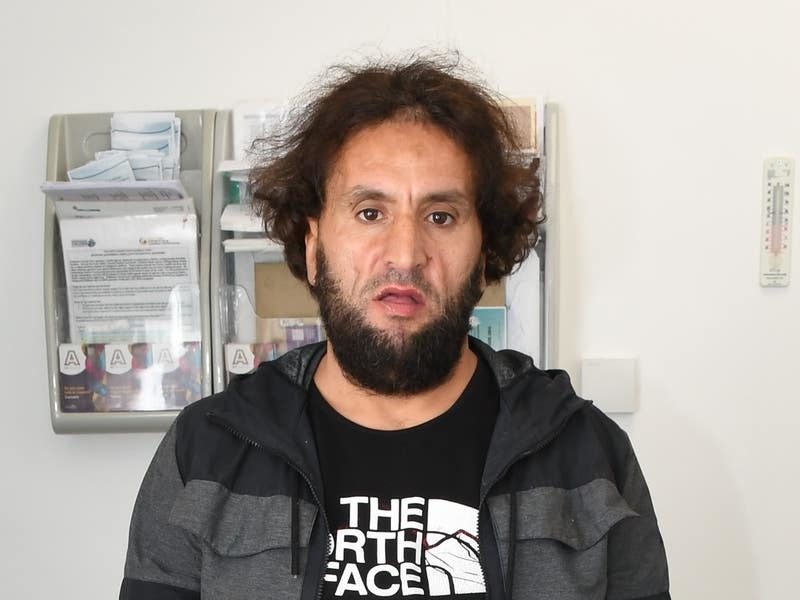- Hospital’s physiotherapy department to be reorganised
- Trial clinic on helping Islanders with lower back pain to be extended
- See our advice from a local osteopath below
- Do you suffer from back pain? Take part in our poll
A TRIAL clinic which focused on helping Islanders with lower back pain is to be extended as part of a reorganisation of the Hospital’s physiotherapy department.
The move is being made to cope with the rising number of Islanders seeking help for all types of back and neck pain, caused in part by stress and sedentary lifestyles.
- Be aware of your posture. Avoid leaning forward or sitting hunched at your work desk.
- Sit with your back as straight as possible and ensure that your buttocks touch the back of your chair.
- Take regular breaks at work, even if its just to walk around your desk or make a cup of tea.
- Exercise regularly, ideally involving exercises that use all your major muscle groups, such as swimming or cycling, although any exercise will always be beneficial.
Lower back problems account for the largest number of referrals to the department, and a pilot clinic was set up in 2007 in line with international guidelines on how to manage back pain.
Since it was introduced, the clinic has seen a three to five per cent increase in patient referrals every year.
Clinical lead Paul Michel said that the clinic had been ‘very successful’ and he was extending the service to help Islanders suffering from other back and neck problems.
He said: ‘We are going to transfer a couple more physios into that area, focusing on where the need is greatest in the Island.
‘Hopefully this will increase over the next few years.
‘Previously any physio could treat someone with any type of pain, but research has shown that people get better if they are treated by a specialist in that area.’
Mr Michel said that the rising number of referrals for back pain was not made up solely of office workers who sat at desks.
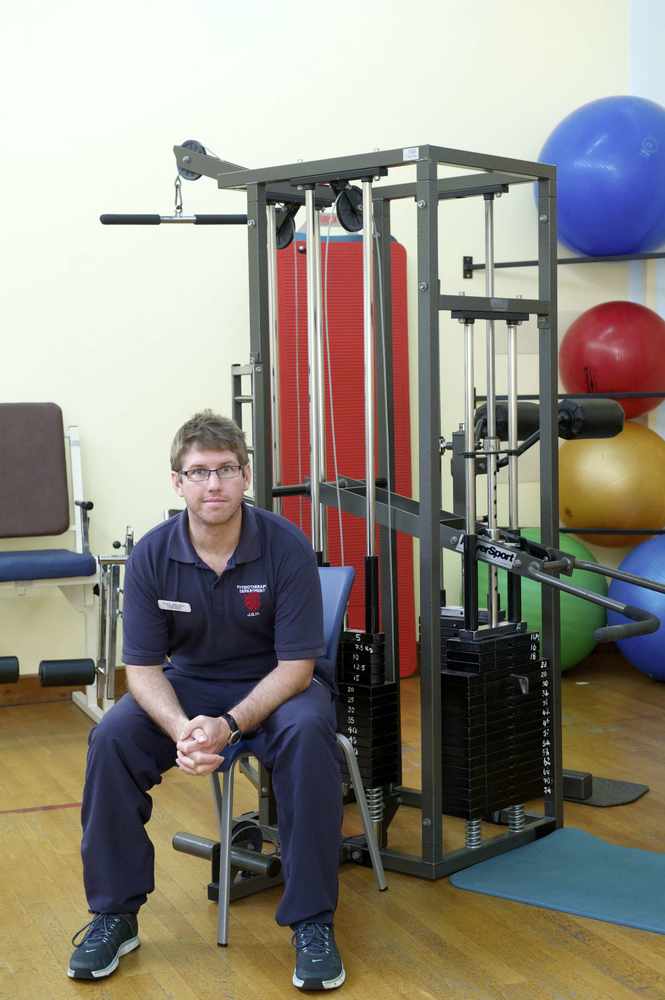
He said: ‘Jersey is a very active community compared with the UK, although about 90 per cent of the back pain we see is joint and muscle pain, which can be caused by stress and sedentary lifestyles. We also tend to see people who have tension in their muscles, particularly the neck, which can be caused by stress.
‘I am not saying sitting down is bad, because standing all day puts a strain on muscles, but we encourage our patients not to spend long periods of time in one position.
‘Modern life in the Western world turns people towards a more sedentary lifestyle, which is a contributory factor to back pain.
‘I personally believe that modern technology, such as laptops, is also making us more sedentary.
‘There is no cure for back pain, but the best way to manage it is through movement.
‘Before we set up the clinic, lower back pain was costing the States millions in sick pay from Social Security, and the clinic has helped to reduced this cost.’
He said the re-organisation of the department was also being carried out to make it more cost effective to prepare for expected States budget cuts.
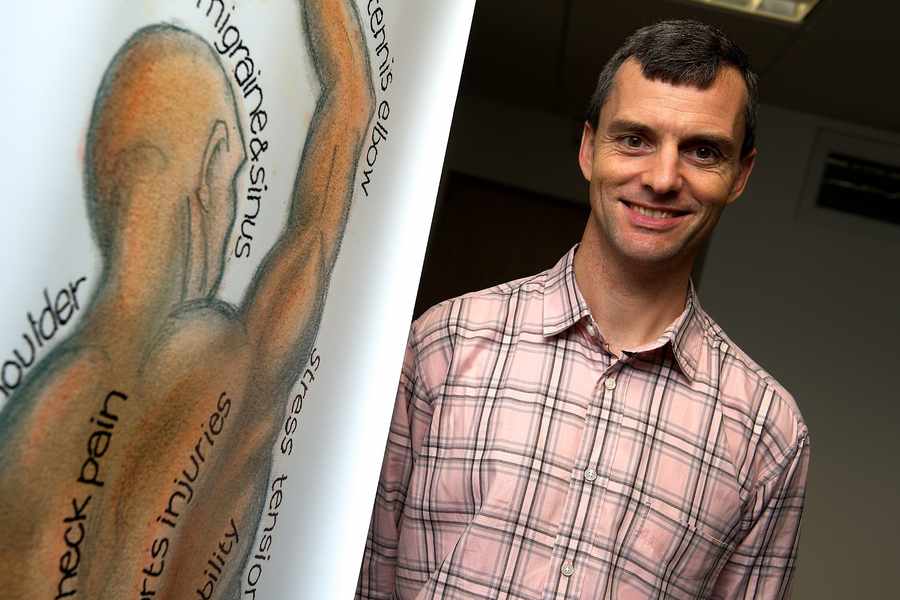
On Back Pain Awareness Week in October 2013, local osteopath Daniel Thomas offered some advice to sufferers of the condition:
MANY people will experience lower back pain at some point in their lives and most will agree it can be pretty debilitating.
It can be caused by something as simple as lifting something the wrong way, as a result of an accident, twisting awkwardly, or sometimes for apparently no reason at all.
This week is Back Pain Awareness Week and local osteopath Daniel Thomas explained what part osteopathy can play in helping to relieve back pain.
Osteopathy is a complementary therapy and Daniel explained that he works with doctors and will send people to their GP if the treatment is not in his remit.
‘GPs can recommend patients to see me or I send them to GPs if I get a ‘red flag’ case. If, for whatever reason, it’s not a musculoskeletal problem I will refer back,’ explained Daniel, who says that osteopathy takes a wide approach to wellbeing.
He works out how the joints, muscles and nerves are working together so that treatment isn’t focussed on the area that hurts.
‘I look at the physical and emotional welfare of a person. In back pain I take as broad a look as possible, such as how a person is walking. I’ll check their hips first and if they have knee pain I’ll look at the back and feet.
‘They all have an influence on what’s going on in the back. It’s a kinetic chain and I follow the mechanical links.’
Daniel says that a person’s emotional state is very important, too, and he uses a biopsychological approach in his work.
‘This approach is based on research that says the physical is important, but also the way a person lives their life, their work, their beliefs and how all that can determine how pain affects them.’
Daniel, the son of JEP cartoonist Al Thomas, graduated from the British School of Osteopathy in London and worked at the Kendal House Clinic in Lancashire for several years. He also completed an MSc in Paediatric Osteopathy at the Osteopathic Centre for Children in Manchester before returning to Jersey to set up his own practice. He has been trained to use his hands to treat the affected parts of the body by gently stretching, massaging and manipulating the relevant areas.
People who go to Daniel will initially have an hour-long assessment and treatment session, normally followed up with half-hour sessions afterwards, with two to five needed for a simple problem.
‘As an osteopath I work with the physical as much as I can,’ he said. ‘I manipulate joints and massage muscles and they gradually become more active, in that the patient does more. I get them more involved in activating the muscles.
‘The next stage, having walked people through the exercises is to give them exercises they can do at home. I give them the right type of exercises for their problems. Ninety per cent of back pain will be gone in six weeks, but you can do things to speed that up.
‘The rest will go on to develop chronic back pain and the idea is to stop it going from acute to chronic.’
A STUDY last month found that people with closer links to their ape ancestors may be more prone to a common cause of back pain.
Evidence suggests that individuals with chimpanzee-like vertebrae are at greater risk of suffering a slipped disc.
Bad backs may partly be the result of learning to run before we could walk in evolutionary terms, scientists believe.
The rapid evolution of our ability to walk upright on two legs appears to have left some people vulnerable to back trouble.
Lead scientist Dr Kimberly Plomp, from Simon Fraser University in Canada, said: “Our study is the first to use quantitative methods to uncover why humans are so commonly afflicted with back problems compared to non-human primates.
“The findings have potential implications for clinical research as they indicate why some individuals are more prone to back problems.
“This may help in preventative care by identifying individuals, such as athletes, who may be at risk of developing the condition.”
Slipped disc, or “intervertebral disc herniation”, affects between 20% and 78% of individuals depending on the population.
It happens when cushioning pads of cartilage between vertebrae split and release a gel-like substance that puts pressure on spinal nerves.
The cause is not always clear but age is thought to be a factor, making spinal discs less flexible and more likely to rupture.
Dr Plomp’s team compared the vertebrae of 71 humans, 36 chimpanzees and 15 orangutans, each of which have a different mode of locomotion.
While humans habitually amble on two feet, chimps mostly walk on their knuckles while orangutans use all four limbs to climb trees. All have significantly different shaped vertebrae.
The study found that human vertebrae with a common hallmark of “vertical” slipped disc known as “Schmorl’s nodes” looked more like those of chimpanzees than healthy vertebrae.
Slipped discs producing the symptom – protrusions of cartilage – were more likely to affect people “towards the ancestral end of the range of human shape variation”, said the researchers.
Such individuals may be less well adapted for bipedalism, they claimed.
The findings were published online in the journal BMC Evolutionary Biology.
Future research will include larger sample sizes and multiple human populations from different ancestral backgrounds, as well as the results of CT scans of living people.

